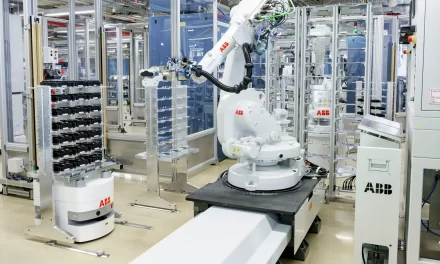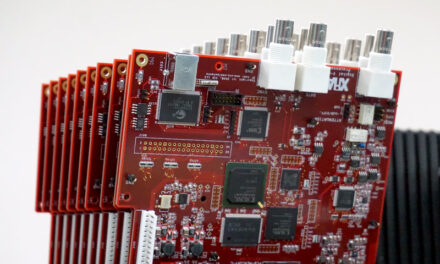The “Popular Mechanics Engineer”
By Phil Zarrow
We have a term we use at my consulting firm to depict an engineer with limited experience and knowledge in the science of electronic assembly – the processes, equipment, materials, design, etc.. In place of actual experience, usually through no fault of their own, but rather due to short tenure in the assembly environment, most of his or her knowledge has been gained by what they have read – books, magazines, conference proceedings and the internet. (Of course, we all know that if it is on the internet, it must be true!) We call these people “Popular Mechanics Engineers”[i] (with all due respect to one of my favorite periodicals). Because of a deficiency in “hands-on” learning, a Popular Mechanics Engineer might know what to do, but not why or perhaps even how. In other words, they know what the desired results are, but not what causes them.
Popular Mechanics engineers prevail throughout our industry – North America, Asia, Europe and South America. How has this come to be? It was not always like this.
Having spent the last 40 years in electronic assembly, I always considered myself quite fortunate to have been actively involved, along with many of my colleagues, from the inception of surface mount technology in the very late 1970s -early 1980s. Without a precedent, albeit that which carried over from through-hole technology and was adaptable, we had to develop and ultimately refine the processes. Of course, the technology continues to evolve and we still have to figure things out (BTCs and micro-passives, for example). But there has been quite a bit already pretty much figured out these days. However, that does not take a manufacturing engineer or manager off the hook for not understanding how and why things work (or don’t).
There are several factors that have produced this conundrum. First of all, the “depletion” of process engineering folk from our ranks. We have the recessions of 2001 and 2007 to partially thank for this. A lot of process and manufacturing engineers vanished from our industry – maybe seeking alternative occupations in IT, real estate, selling used cars – or perhaps succumbing to lead poisoning. Of course, outsourcing to off-shore assemblers has also contributed to depleting the once abundant opportunities in North America and Europe.
Outsourcing domestically has also limited acquisition of knowledge. In the old days, it was the OEMs that were credited with so much of the research in components, design, process engineering. Oh IBM, Bell Labs, Philips, TI, Rockwell, Motorola – where have ye gone? Nowadays many an engineer right out of school goes to work for an OEM and is assigned to “ride herd” on the EMS, as opposed to R&D. (“Hey – I read this article on the internet, how come you guys aren’t doing it” and so on, ad nauseum.)
Finally, it appears that Engineering is not as glamorous[ii] a profession as it once was. If one is “engineering inclined”, IT pays much better than electronic assembly. Big Pharma has larger profit margins to offer higher wages. Worse yet, the Financial world lusts after engineering graduates because they can think logically and understand math. Goldman-Sachs and other denizens of the Evil Empire actively recruit from U.S. engineering schools. Sad, but very true. Having said this, I hope there are not any engineering students reading this column…
But if they are – Electronics is a noble profession. And we will prevail! Perhaps the lure of an ever-evolving and challenging industry where mechanics, physics, thermal-dynamics, metallurgy, chemistry and a quest for efficiency all combine will continue to attract the very finest minds. People who not only want to know what to do, but, indeed how to do it and how to do it better. That is what we do and we are in it for the long-term. I hope you will be too.
Phil Zarrow is President and SMT Process Consultant with ITM Consulting, Springfield, TN, USA Tel: +1(615) 9985-2107. www.ITMConsulting.com. He is also a renowned industry curmudgeon.
[i] A tip of the hat to my friend Kim Hyland
[ii] Okay, maybe it was never glamorous– I might have been hallucinating














